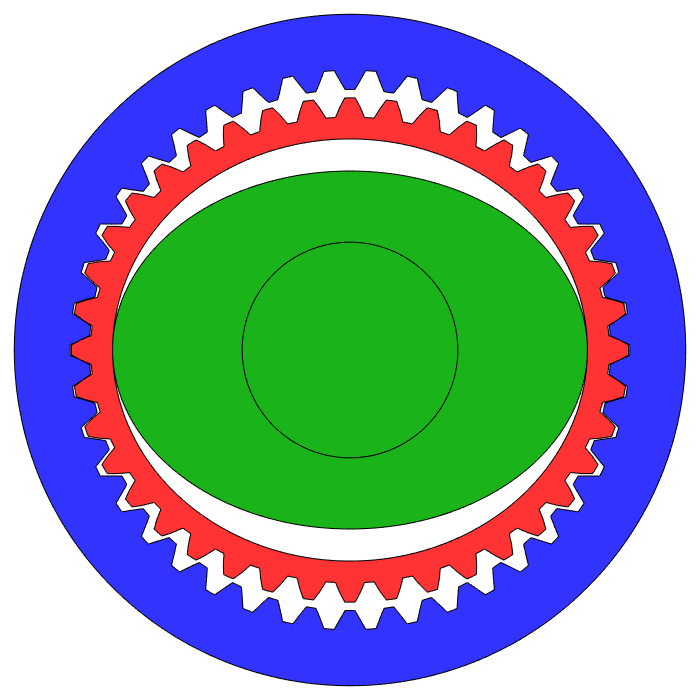https://www.siderealtrading.com.au/telescope-mounts/harmonic-drives-the-new-kid-on-the-block/Bye-bye backlash!
The advantage of this design for astrophotography is that there is always a part of the flexible spline in contact with the circular spline. Because of this, backlash is effectively eliminated.
Other advantages
Apart from no backlash, mounts powered by harmonic drives have other advantages.
The shape of the gears means that the motor effectively uses a series of wedges to drive the load. This means the motor has a very high level of torque. This means that the mounts can have a high carrying capacity for their weight. Typically, conventional wormgear mounts can accurately carry between about 1.5 to 2.5 times their own weight. Harmonic drives can carry a lot more: around 3 to 4 times their own weight. So, for a set amount of gear, the mount can be significantly lighter and more portable.
The high torque also means that if your gear is under a certain amount of weight, you won’t need a counterweight. The harmonic drive can hold it up and move it around with ease. Of course, working without a counterweight can mean your telescope can be worrying distance from the top of the tripod, so make sure the tripod is stable.
Any disadvantages?
The harmonic drive does not eliminate periodic error. Because every tooth in the splines might be a slightly different shape, the periodic errors seen in the drive’s behaviour can be very complex with short periods. For this reason, harmonic mounts work best with autoguiding.
Most autoguiding software products, including PHD, have guiding algorithms that can assess, then compensate for, periodic error displayed by the mount. This is the best way of handling the complex periodic error that harmonic drives produce. With adequate management, periodic error fades into the background, and your mount guides beautifully.

 活動公告
活動公告 
